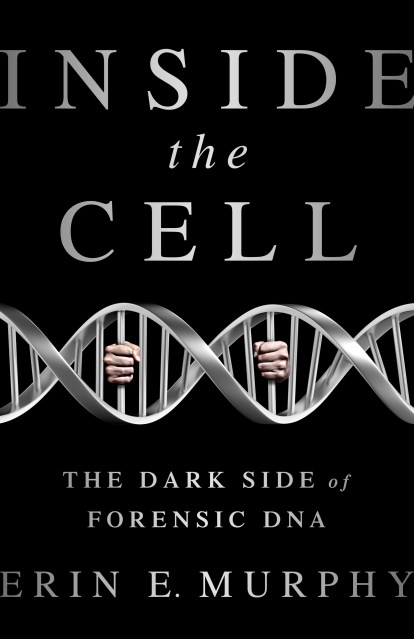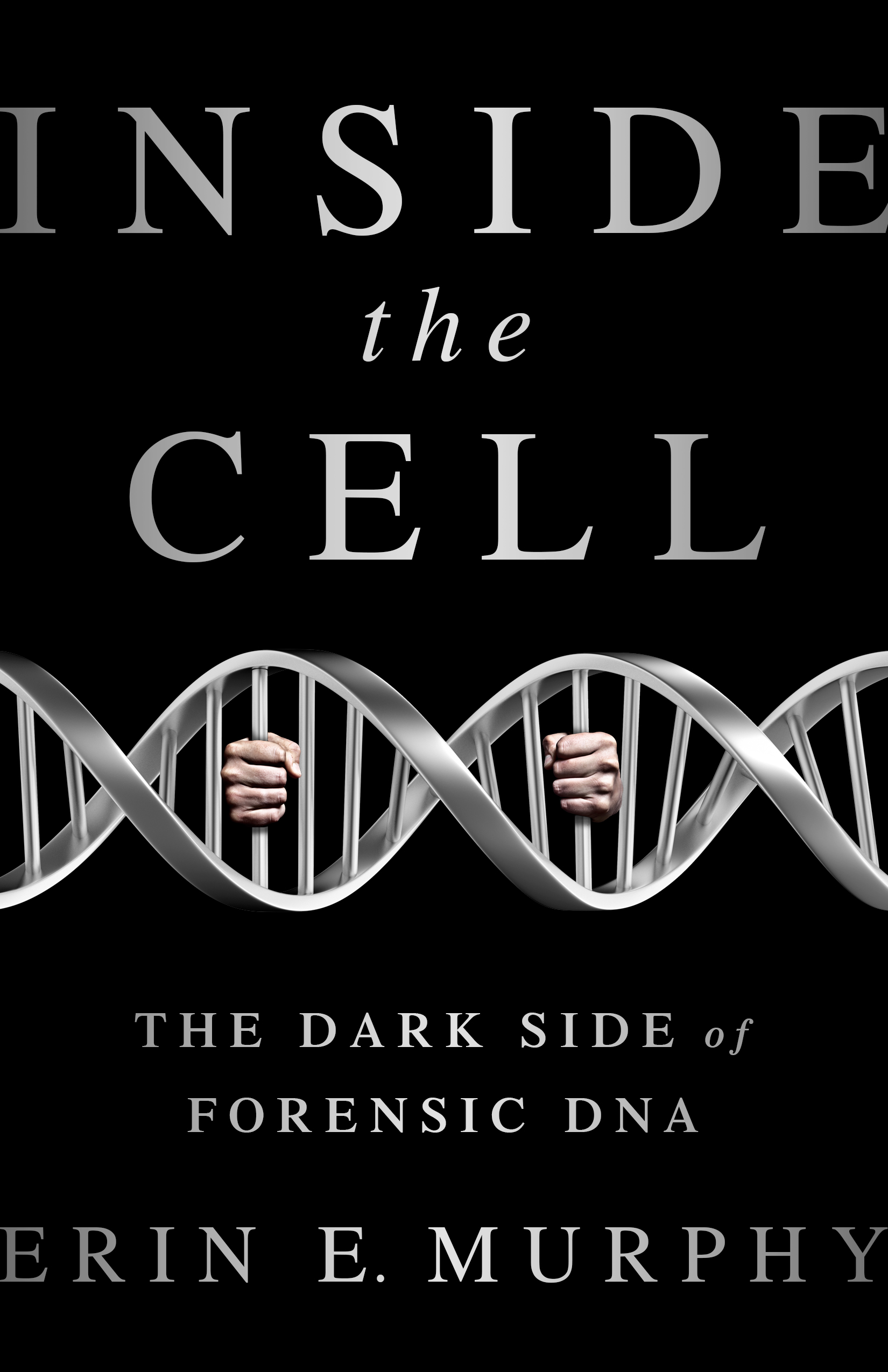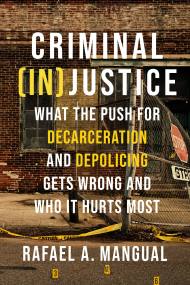Promotion
Use code MOM24 for 20% off site wide + free shipping over $45
Inside the Cell
The Dark Side of Forensic DNA
Contributors
Formats and Prices
Price
$14.99Price
$19.99 CADFormat
Format:
- ebook $14.99 $19.99 CAD
- Hardcover $40.00 $50.00 CAD
This item is a preorder. Your payment method will be charged immediately, and the product is expected to ship on or around October 6, 2015. This date is subject to change due to shipping delays beyond our control.
Also available from:
We think of DNA forensics as an infallible science that catches the bad guys and exonerates the innocent. But when the science goes rogue, it can lead to a gross miscarriage of justice. Erin Murphy exposes the dark side of forensic DNA testing: crime labs that receive little oversight and produce inconsistent results; prosecutors who push to test smaller and poorer-quality samples, inviting error and bias; law-enforcement officers who compile massive, unregulated, and racially skewed DNA databases; and industry lobbyists who push policies of “stop and spit.”
DNA testing is rightly seen as a transformative technological breakthrough, but we should be wary of placing such a powerful weapon in the hands of the same broken criminal justice system that has produced mass incarceration, privileged government interests over personal privacy, and all too often enforced the law in a biased or unjust manner. Inside the Cell exposes the truth about forensic DNA, and shows us what it will take to harness the power of genetic identification in service of accuracy and fairness.
Genre:
- On Sale
- Oct 6, 2015
- Page Count
- 400 pages
- Publisher
- Bold Type Books
- ISBN-13
- 9781568584706
Newsletter Signup
By clicking ‘Sign Up,’ I acknowledge that I have read and agree to Hachette Book Group’s Privacy Policy and Terms of Use







